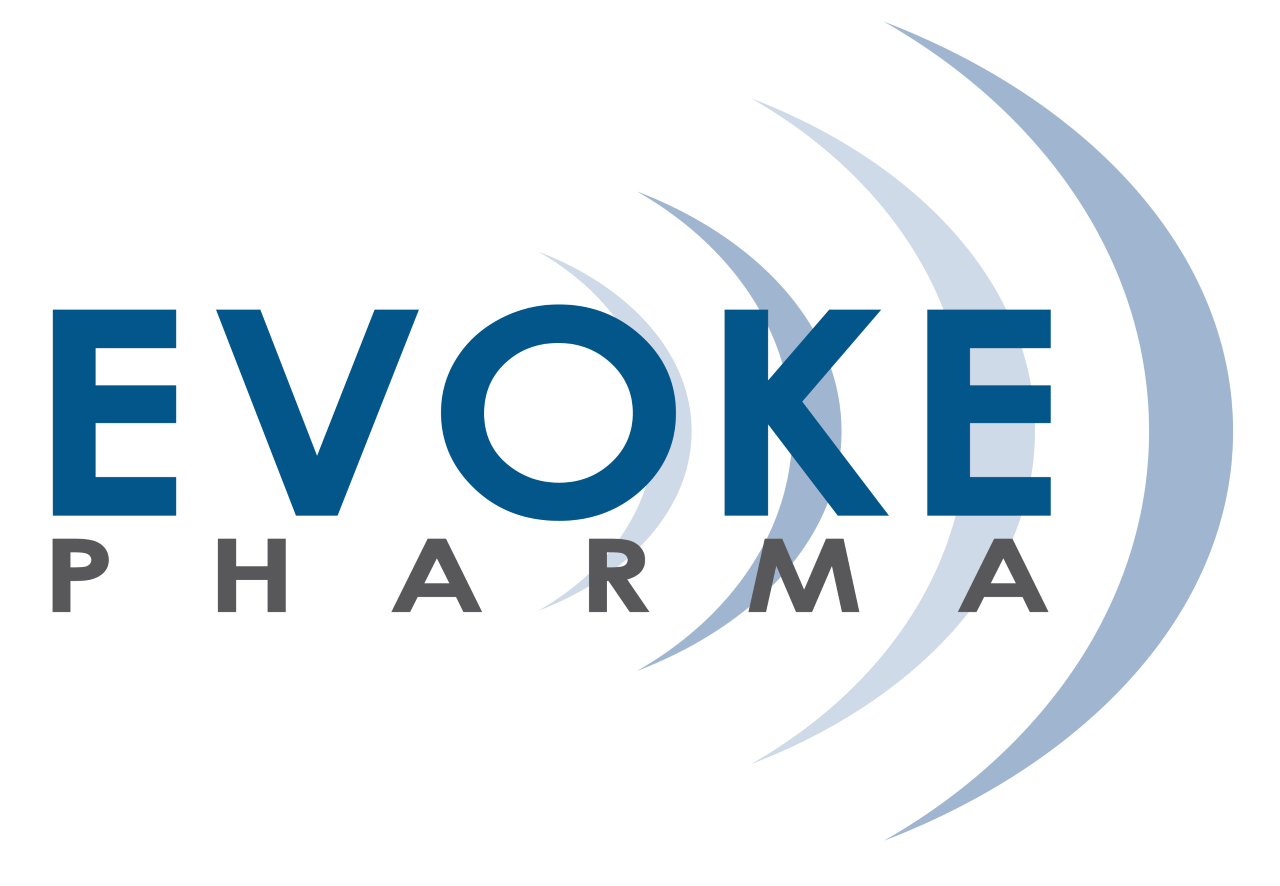Brooke’s Personal Story: “I went undiagnosed with Sphincter of Oddi Dysfunction (SOD) for 14 years…”
My Sphincter of Oddi Dysfunction Story
I went undiagnosed with Sphincter of Oddi Dysfunction (SOD) for 14 years…
Immediately after having my gallbladder out in 1998, I developed severe pain in my right side, under my ribs that radiated to my back and shoulder. My primary care and GI doctors ordered an endoscopy, barium enema, and blood tests. All came back normal. My GI doctor told me I had IBS and to drink Metamucil. For the next 12 years I learned to live with the pain. I survived without narcotic pain medication. Instead, I focused on deep breathing, yoga, and a low-fat diet to ease the pain. Over time, the pain became more of an annoyance than a debilitating condition.
Fast forward to September 2, 2011. Three months after having my third son, I became suddenly and severely ill with no appetite, dizziness, brain fog, fatigue, vomiting, and abdominal pain that spread to the area under my sternum. A visit to the ER on September 5, 2011 proved to be uneventful. All of my bloodwork came back normal, as did a stool sample a few days later. The ER initially diagnosed me with clostridium difficile bacterium and viral gastroenteritis. My symptoms did not improve and an endoscopy showed mild gastritis but nothing else. On September 21, 2011, nine days before my 42nd birthday, I was hospitalized for dehydration, vomiting, and abdominal pain coming in at an 8 on a 1 to 10 scale. I was admitted to the hospital for five days and given a healthy dose of iv fluids, narcotic pain, anti-nausea and what I call munchy-inducing medications. I had a CAT scan, which was normal, as was my bloodwork. Prior to being discharged on five or six different medications, the GI doctor who performed the endoscopy told my dad he thought my symptoms were caused by post-partum depression.
My family and I knew otherwise so I sought out a second opinion from another GI group. I thought the GI doctor would be compassionate as it was a woman. She ordered a colonoscopy. When she told me after the colonoscopy that she didn’t find anything, I started crying, at which point she told me I probably needed antidepressants and that was my problem. I told her I was on antidepressants and that certainly was not the problem. This led me to a third opinion with a respected, local surgeon. He concluded that it was a strong possibility I had something called Sphincter of Oddi Dysfunction (SOD), but first wanted to rule out any vascular issues so off I was to get a CT Angiogram of my abdomen. This came back normal. So, back to the SOD hypothesis. SOD refers to the medical condition that results from the inability of the biliary and/or pancreatic sphincter to contract and relax in a normal fashion. This may cause obstruction of bile flow resulting in biliary pain and obstruction to the flow of pancreatic juice, which can lead to pancreatitis.
The gold standard diagnostic test for SOD was something called an Endoscopic retrograde cholangiopancreatography (ERCP) with Sphincter of Oddi Manometry, which is an endoscopic procedure used to take x-ray pictures of the ducts (drainage routes) of the gallbladder, liver and pancreas and obtain pressures of the biliary, pancreatic and oddi sphincters. Since my original GI group were the only doctors who performed this in our area, the surgeon called the practice to (strongly) recommend I get this very specialized test. “Great,” I thought, “I will get my diagnosis and get treatment.” Not so fast.
It took another two months to get an appointment with the GI doctor. In the meantime, I was hospitalized for four days right before Christmas for nausea, vomiting, dehydration, and pain. There I had an upper GI series and more bloodwork, which was–you guessed it–normal. Somehow, I was still barely showing up to work and being a mom, while existing (I wouldn’t call it living) with the original symptoms. During my GI visit in January, my doctor emphatically told me I didn’t need an ERCP (even documented it in my chart) and that my condition, whatever it was, would likely go away on its own. I swear he looked at me like I was crazy. He ordered more bloodwork which was normal again. I cried during and after every doctor visit and procedure. Well, I pretty much cried all the time from feeling so sick and tired and sick and tired of being sick and tired. I knew I wasn’t crazy and although I wanted to give up time and again, I knew I had to keep searching for the reason why I was so sick. I continued to have symptoms and was losing weight at a dangerous rate. The surgeon advocated for me to see a different GI doctor from that practice.
The new GI doctor suspected something was going on with my pancreas the way I described my abdominal pain. He tried me on prescription pancreatic enzymes, which, after a week, brought the searing pain under my sternum from a constant 7 out of 10 to a manageable 3 out of 10 (as long as I took them with every meal and snack). Unfortunately my prescription coverage reached its maximum and they were $1,000 a month. Luckily the doctor helped me with samples, but I had to buy them at times when there weren’t any samples. My husband and I were going broke from prescriptions and copays. I was becoming skin and bones. The doctor thought I had chronic pancreatitis, so instead of the ERCP, he performed an endoscopic ultrasound (EUS) on February 14, 2012, though I wanted an ERCP and to be tested for SOD. The EUS showed a healthy pancreas–another normal test.
Fed up, I searched the Internet for others like me who may have SOD. I found a blog where several women recommended a physician located in Minneapolis, Minnesota. Though I live in Albany, NY, I scheduled an appointment with him. Fortunately, my insurance covered the medical expenses, minus copays. I saw my local GI doctor one last time in April 2012. He greeted me with, “Oh dear, you look anorexic.” He told me to reduce the stress in my life and to eat more. Uh duh. If I could eat more I would. Other than that, he refused to perform an ERCP and pretty much put the blame on me. At this point I was down to 105 pounds from 135 pounds September 2011. I hadn’t been 105 pounds since I was 14! By May I was 95 pounds (a loss of 40 pounds since September 2011), and was now experiencing orthostatic hypotension, fainting spells and dizziness, muscle wasting, and loss of my cognitive abilities. I could not gain or sustain weight on my own. May 7, 2012, I flew with my mom to see the doctor in Minnesota. He strongly suspected SOD. He wanted to perform ERCP test, but I was so emaciated at this point that an ERCP could have killed me. Acute pancreatitis, a life-threatening condition, occurs in small percentages of people, after this procedure. While I was in Minnesota, he did have an associate perform another EUS and pancreatic functioning test. Both were fairly normal, except my bile duct was dilated and pancreatic duct had possible scarring (finally I had something show up on a test!). The doctor recommended in writing that I get a G/J feeding tube to bulk me up so I could have the ERCP done in August.
Upon my return to New York, and after going through a very difficult time trying to convince anyone to put the feeding tube in, I finally had a G/J tube inserted May 25, 2012 and began getting fed formual enterally through the J tube. I was able to eat minimal amounts of food, about 700-800 calories. The tube became a whole other set of issues. The j tube part that was supposed to stay in the small intestine kept migrating into my duodenum and stomach. I had to be hospitalized to have it replaced five times in two months. Also, none of the formulas were agreeing with me. It took two months to find the right one. But, by August I was able to get up to 109 pounds and flew back to Minnesota to have the ERCP.
No surprise here. I was diagnosed with SOD! Beyond a shadow of a doubt, I had SOD this whole time. Basal pressures of the sphincters are supposed to be less than 40 mm/hg. Mine were over 175 mm/hg. Most of the people I’ve met with SOD have pressures between 60 and 100 mm/hg. The Minnesota doctor also performed sphincterotomies (cutting) of my pancreatic and biliary sphincters. Unfortunately I was one of the few who ended up with acute pancreatitis after the procedure. I also developed an e-coli blood infection. I came very close to dying out there and ended up in ICU. After a week, I went home only to end up back in the hospital for nearly a week waiting to have my feeding tube replaced again because it had kinked. I found some relief for a good four-six weeks. Then I was hospitalized and had to have my temporary stents removed. Immediately, I returned to my original symptoms. While in that hospital, I met a surgeon who suggested a more permanent solution–a transduodenal sphincteroplasty, where the pancreatic and biliary sphincters are permanently sewed open to the duodenum. On October 3, 2012, I had open abdominal surgery for the sphincteroplasty. I ended up with a life-threatening infection, nearly dying again, and other issues. I was in the hospital for 4 weeks.
It is February 8, 2013. I have been able to maintain my weight on my own and three weeks ago had the feeding tubes removed for the first time since May 2012. My nausea is manageable, primarily due to the fact I am taking a gut motility drug called Domperidone, which I have to order from New Zealand as it isn’t available in the U.S. I don’t vomit anymore or feel like I have a massive hangover every day I wake up. Also, my pain has been manageable. I don’t need to take as many prescription pancreatic enzymes anymore, but still get some pancreatic discomfort and pain. I have had a few attacks of the right-sided SOD pain, but I think it is more of a phantom pain or something going haywire with my nerve endings. The severe fatigue and brain fog after eating has improved as well. My biggest problem is that I have developed nerve, muscle, and joint pain two months ago that I never had before the surgery. It is worse after I eat and when I wake up. A neurologist explained the neuropathy as critical illness neuropathy from going through septic shock. Still need an explanation for the joint pain, though. The greatest thing is that I am holding steady at 115 pounds!
Going undiagnosed for so long did a lot of damage to my entire body. I couldn’t believe what starvation can do to a person’s body and mind. It will take a long time to fully recover, if ever. I also have terrible PTSD from this horrible experience. I wonder how my life would be if I had gotten a diagnosis and treatment earlier. I have been on disability since May and it doesn’t look like I’ll be able to work anytime soon. I was a career woman, always in director and management positions for state and national not-for-profits. I used to travel all over the U.S. Now I am grateful for the days I can play with my toddler or attend my 16 year old’s basketball game. My 25 year old son will be having a baby girl and I can’t wait to meet my granddaughter. I have lost so much from this disease/disorder but thank God every day it hasn’t taken my life, which it came close to doing. This process has put so much strain on my parents, husband, children, and friends. SOD is a very debilitating disease that should be taken more seriously by the healthcare profession as evidenced by my story. I hope by telling my story no one ever has to wait to get diagnosed or receive treatment for SOD.
Finally, a word on treatment. There’s really no cure, no sure thing for SOD. It is not only disabling, it is incurable. Please spread the message far and wide that we “SODers” are suffering and often left forgotten. Advocate for research, better treatments, and less invasive testing–for all of us.














